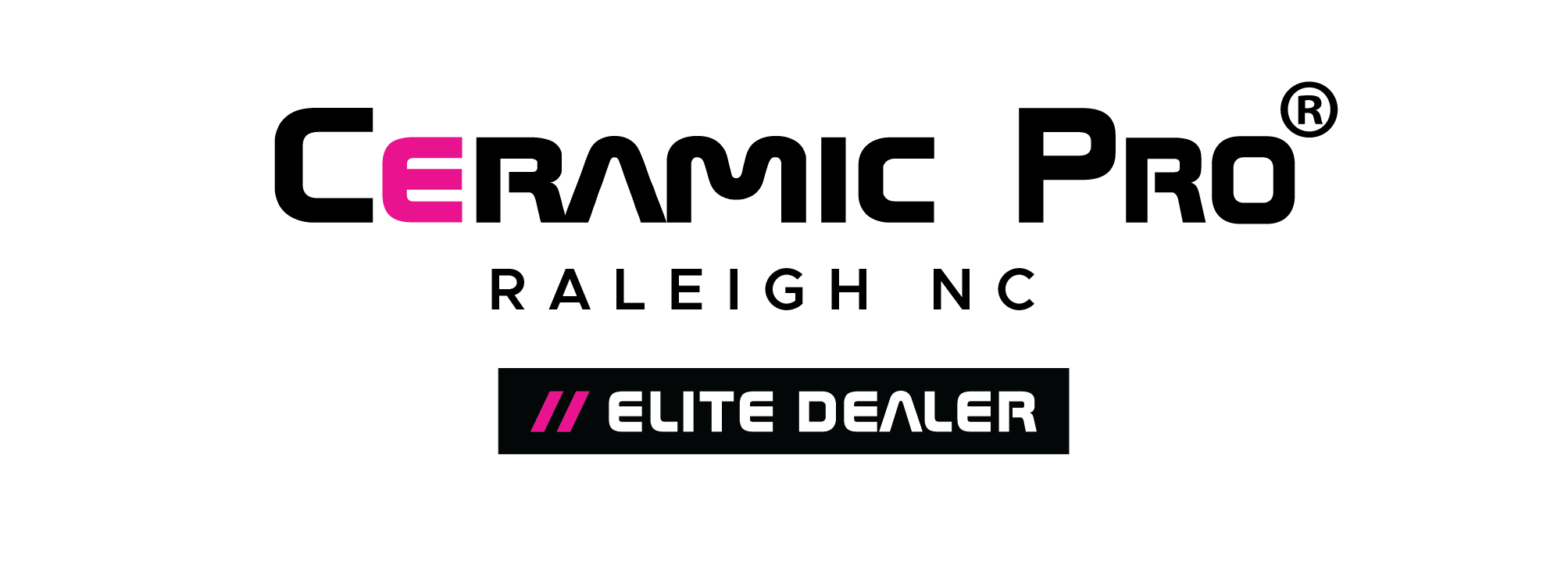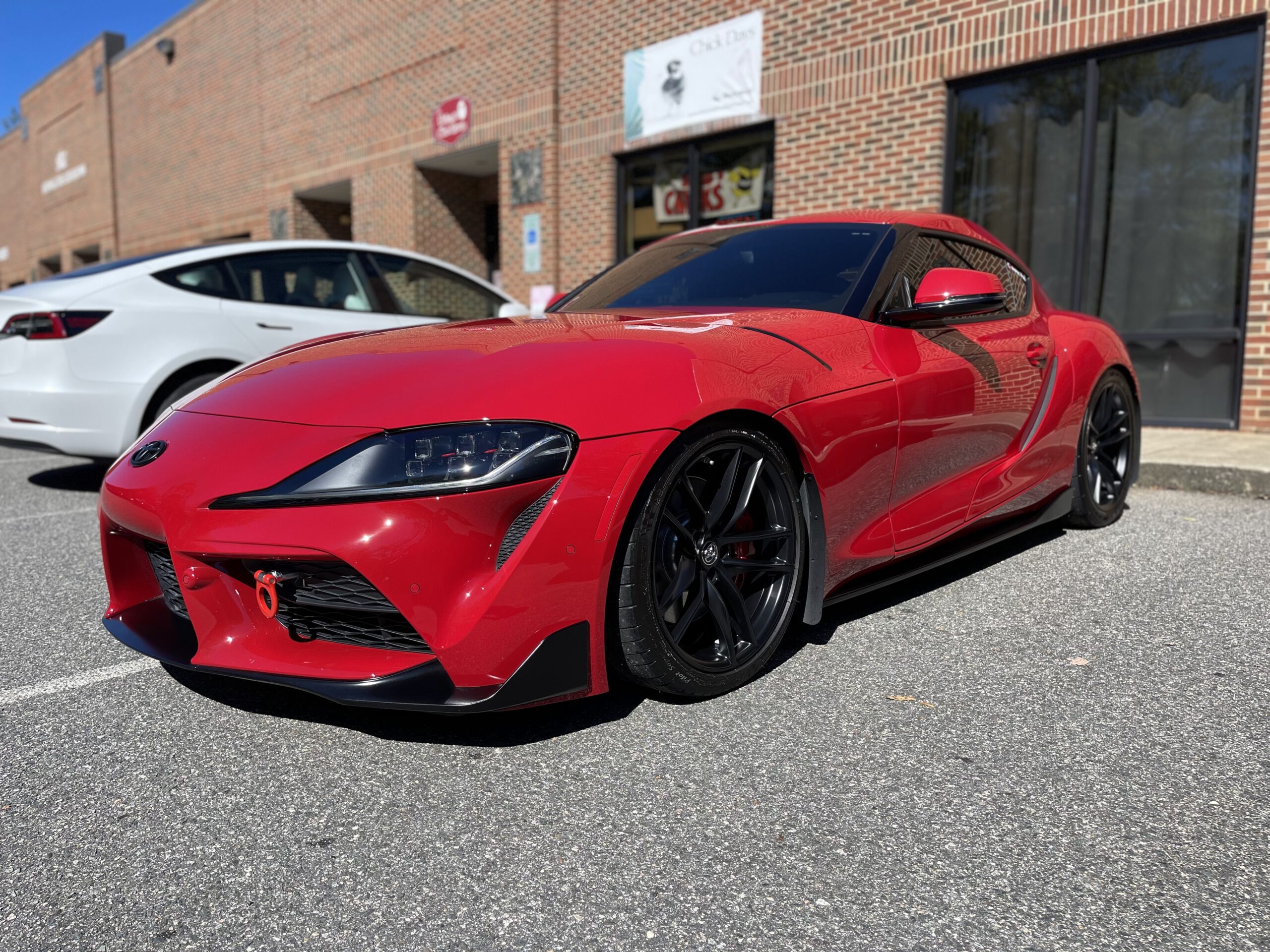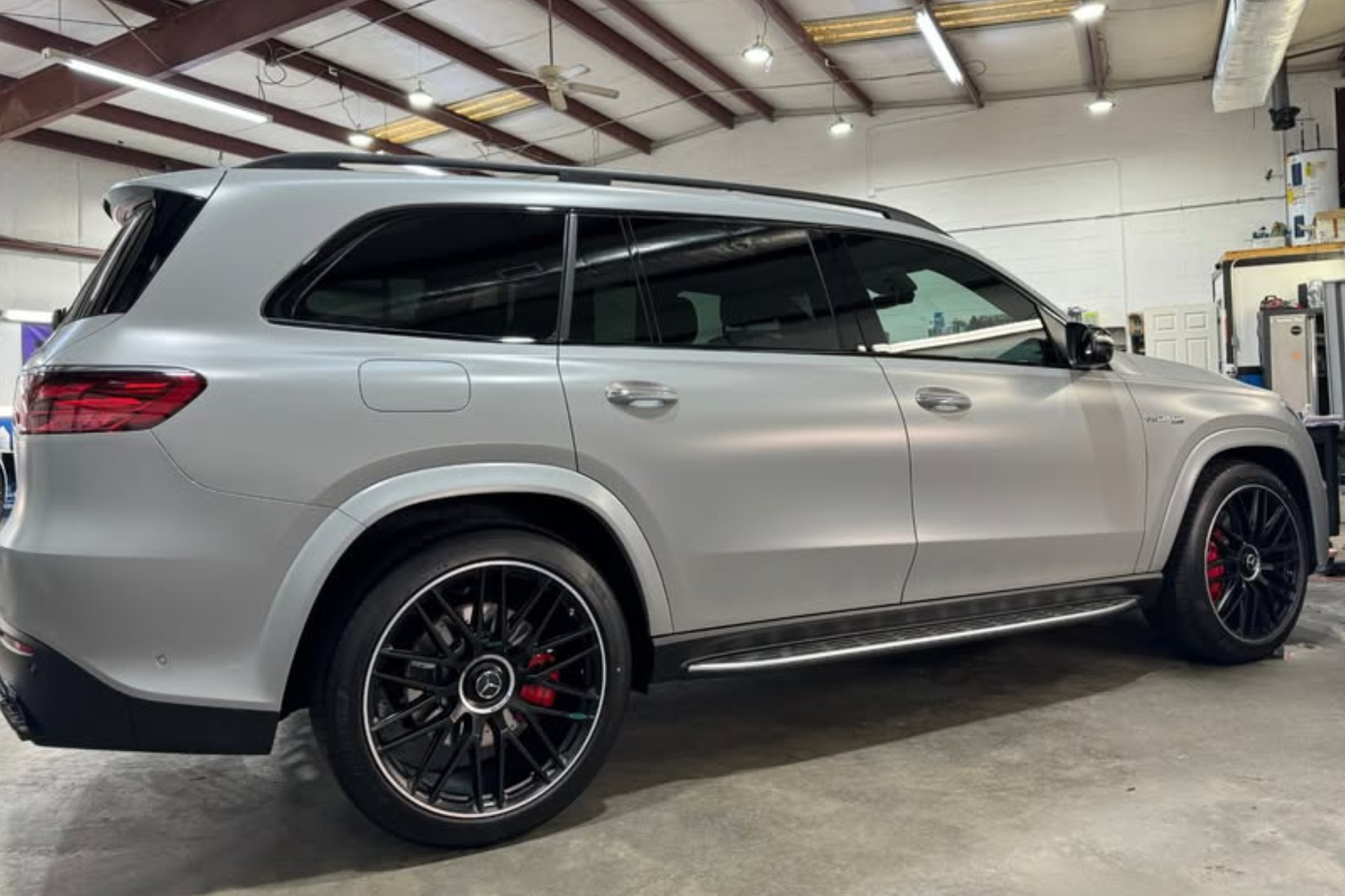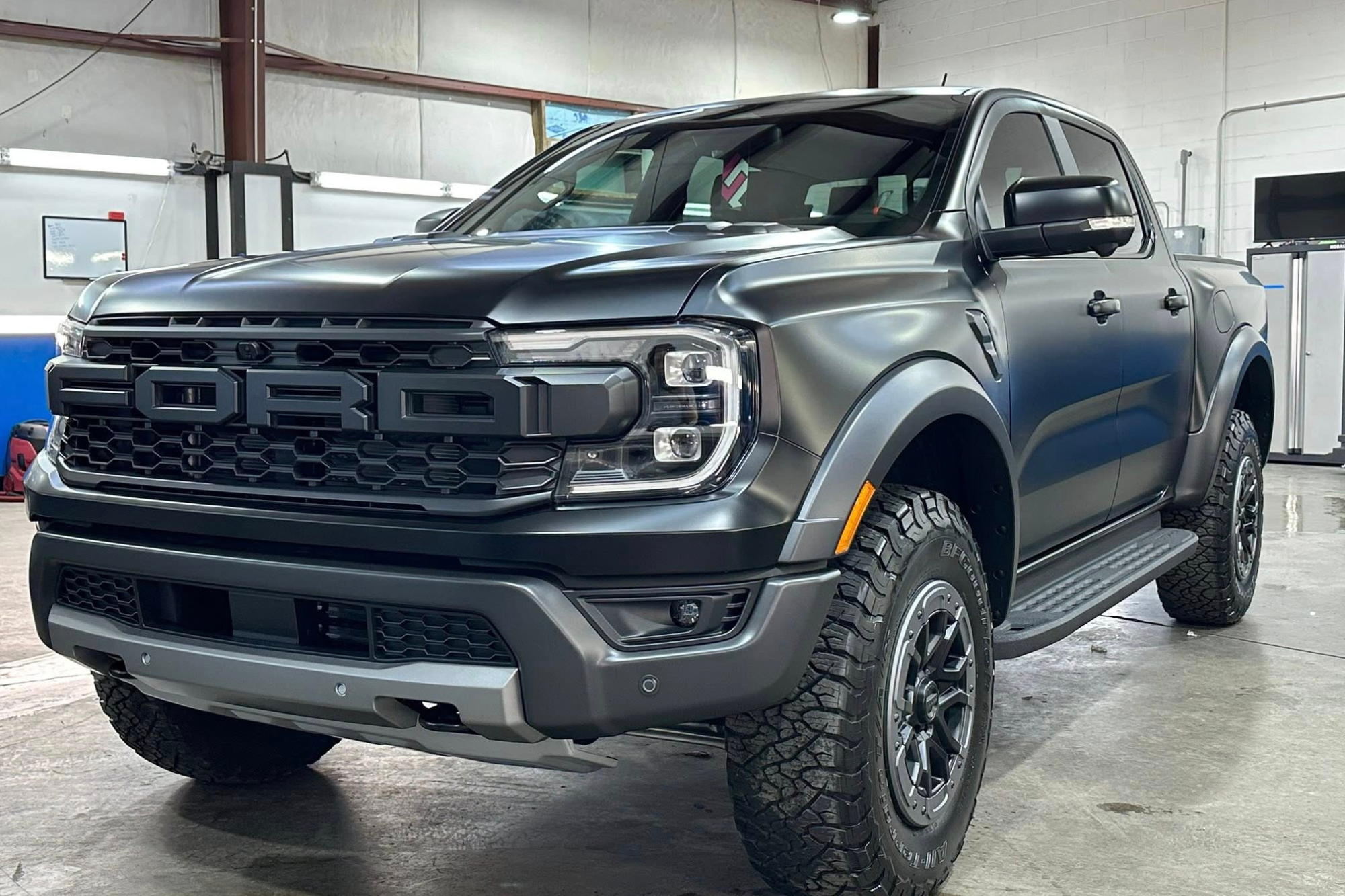
Did you know that the process of car window tinting involves more steps and precision than meets the eye?
From selecting the right tint to the final inspection, each stage plays an important role in achieving a flawless tint job.
As you start on this journey of enhancing your vehicle’s aesthetics and functionality, you might be surprised by the intricate details involved in each phase.
Stay tuned to uncover the secrets behind a successful car window tinting process and how each step contributes to the overall outcome.
Key Takeaways
- Different types of tint films offer various benefits, like UV protection and heat reduction.
- Proper preparation and cleaning ensure a quality tint job and protect interior surfaces.
- The application involves dust-free surfaces, quality tools, and meticulous film placement.
- Drying, curing, and inspection are crucial for longevity and high-quality tinted windows.
Choosing the Right Window Tinting
When contemplating the right window tinting in Raleigh NC, evaluating the level of darkness and heat rejection is crucial. Window tinting provides numerous benefits such as UV protection, heat reduction, glare reduction, privacy, and improved aesthetics. To choose the best tint for your vehicle, you must first understand the types of window tint available.
There are various types of window tint films to ponder, each offering different benefits. A dyed film is an affordable option that can reduce glare and provide some heat rejection. However, it may fade over time. Metalized film is another option that offers excellent heat rejection and durability. It can interfere with electronic signals but provides strong UV protection. Carbon window tint is known for its matte finish and superior heat rejection without signal interference. Ceramic tint is the highest quality option, providing outstanding heat rejection, UV protection, and clarity, although it comes with a higher price tag.
Each type of tint offers unique advantages, so it’s crucial to contemplate your priorities when selecting a window tint for your car. Whether you prioritize heat rejection, UV protection, or aesthetics, there’s a tint type that can meet your needs and enhance your driving experience.
Preparing Your Vehicle
Before applying Raleigh window tinting, make sure your vehicle’s windows are thoroughly cleaned to remove any dirt or debris that could affect the tint’s adhesion.
Additionally, protect the interior of your car by covering any sensitive areas like the dashboard and seats to prevent damage from the tinting process.
These steps are important in preparing your vehicle for a successful and long-lasting window tint application.
Cleaning the Windows
To prepare your vehicle for the car window tinting in Raleigh NC, the first step is thoroughly cleaning the windows to guarantee a smooth application. Here are some key points to contemplate:
- Proper Technique: Use horizontal and vertical motions to make sure all areas are covered.
- Streak-Free Finish: Wipe the windows with a microfiber cloth to avoid leaving streaks behind.
- Best Cleaning Products: Use a specialized glass cleaner for best results.
Following these steps won’t only create a clean surface for the tint to adhere to but also help in achieving a professional-looking finish. Remember, the cleaner the windows, the better the tint application will turn out.
Protecting the Interior
Guarantee the interior of your vehicle is adequately shielded before commencing the car window tinting process. Interior preservation is essential to maintain the aesthetics and functionality of your car.
Start by removing any items that could obstruct the tinting process, such as air fresheners, stickers, or decorations. Clean the interior surfaces to make sure the tint adheres properly and lasts longer.
Consider using UV protection products on your dashboard and upholstery to prevent sun damage and fading. Cover sensitive electronic components to avoid any potential damage from liquid or adhesive during the tinting procedure.
Cleaning the Windows
For best results, thoroughly clean the windows before starting the car window tinting process. Proper cleaning guarantees that the tint film adheres correctly and gives a seamless finish. Follow these steps to clean your windows effectively:
- Use the Right Tools: Start by gathering the necessary tools such as a microfiber cloth, a gentle glass cleaner, and a squeegee. Avoid using harsh chemicals that could damage the tint.
- Prep the Surface: Before cleaning, make sure to remove any stickers, residue, or dirt from the windows. Use a mild soapy solution to get rid of stubborn stains.
- Techniques Matter: When cleaning, spray the glass cleaner onto the cloth instead of directly on the window. Wipe the windows in a top-to-bottom motion to prevent streaking.
Properly cleaned windows not only enhance the overall look of your car but also provide a clean surface for the tint film application. By following these cleaning techniques and maintenance tips, you can guarantee that your windows are ready for the tinting process. Remember, a good foundation leads to a successful window tinting outcome.
Applying the Tint Film
When applying the tint film during the car window tinting process, make sure that the surface is free of any dust particles or debris to achieve a smooth and professional finish. Before starting, gather all the necessary tools and materials such as the tint film, a heat gun, a squeegee, and a spray bottle with a soapy solution. It’s essential to choose high-quality tint films from reputable brands to guarantee longevity and durability.
There are various tint application techniques, but a common one involves spraying the window with the soapy solution, carefully placing the film on the window, and using the squeegee to remove any air bubbles or creases. Apply heat using the heat gun to help the film conform to the shape of the window for a seamless look. Be patient and meticulous during this process to avoid imperfections.
Proper maintenance is key to preserving the tint film. Avoid rolling down the windows for a few days after installation to allow the film to set properly. When cleaning, use a mild detergent and a soft cloth to prevent marks. Regularly inspect the tint for any signs of peeling or lifting and address them promptly to maintain the tint’s integrity. Following these tips will guarantee a professional-looking tint that lasts.
Drying and Curing Process
How important is the drying and curing process in ensuring the longevity and effectiveness of the tint film on your car windows? Proper drying and curing are vital steps in the window tinting process that directly impact the durability and performance of the tint film. Here are some key points to keep in mind:
- Tint Longevity: The drying and curing process allows the tint film to adhere fully to the glass surface, ensuring a strong bond that enhances the longevity of the tint. This step helps prevent peeling, bubbling, or discoloration over time, keeping your tint looking fresh for longer.
- UV Protection: Thorough drying and curing help activate the adhesive properties of the tint film, enabling it to effectively block harmful UV rays from entering your vehicle. This UV protection not only safeguards your skin and interior from sun damage but also contributes to the overall effectiveness of the tint.
- Tint Maintenance: Proper drying and curing set the foundation for maintaining your tinted windows. Following recommended care techniques, such as using non-ammonia-based cleaners and avoiding sharp objects during cleaning, becomes easier when the tint film has been correctly dried and cured.
Ensuring that the drying and curing process is carried out meticulously won’t only enhance the aesthetics of your car but also contribute to the functionality and longevity of your window tint.
Quality Inspection
Now, it’s essential to understand the inspection process for car window tinting.
You’ll learn about the meticulous overview of the inspection procedure, ensuring that quality standards are strictly adhered to throughout.
Identifying and addressing any defects promptly is a key aspect of maintaining the high quality of tinted windows.
Inspection Process Overview
During the inspection process for car window tinting, technicians meticulously assess the quality and adherence of the tint film to guarantee the best outcomes. Here’s what you can expect during this important phase:
- Tint Film Thickness: Technicians measure and verify that the tint film meets the required thickness standards for best performance.
- Tint Color Options: You’ll have the opportunity to confirm that the tint color you selected during the consultation phase matches your preferences.
- Adherence to Regulations: The technicians will make sure that the tinting process complies with all relevant laws and regulations to avoid any issues in the future.
These detailed checks help ensure a high-quality tinting job that meets your expectations.
Quality Standards Adherence
Technicians meticulously assess the adherence of the tint film to guarantee it meets the established quality standards for peak performance. By scrutinizing the installation techniques, they make sure that the film is applied uniformly without any air bubbles or creases, which could affect both the aesthetics and functionality of the tint.
Additionally, the technicians evaluate the material’s durability, checking for any signs of premature wear or peeling that could compromise the effectiveness of the tint over time. Adhering to these quality standards is important to delivering a high-quality window tinting service that not only enhances the appearance of your vehicle but also provides long-lasting protection against UV rays and heat.
Trusting in the expertise of technicians who prioritize quality ensures a job well done.
Defect Identification Procedure
To guarantee the quality of the tint film application, a thorough examination is conducted to identify any defects that may impact the performance or longevity of the tint.
During the defect identification procedure, the following steps are taken:
- Defect Analysis: Each section of the tint film is meticulously inspected for any bubbles, creases, or imperfections that could affect its functionality.
- Procedure Validation: The entire tinting process is reviewed to make sure that all steps are followed correctly and that the film is applied according to industry standards.
- Quality Assurance Check: A final check is performed to confirm that the tint film meets the required quality standards before the vehicle is released to the customer.
Enjoying Your Newly Tinted Windows
Upon completion of the car window tinting process, you can now fully appreciate the benefits and enhanced aesthetics of your newly tinted windows. The window tint not only adds a sleek and stylish look to your vehicle but also provides numerous practical advantages. The tinted windows offer increased privacy, making it harder for outsiders to see inside your car, enhancing your sense of security and peace of mind.
In addition to the privacy aspect, the window tint also helps in reducing the heat inside your vehicle. By blocking a significant amount of solar heat, the tinted windows make your car more comfortable, especially during hot sunny days. This heat reduction feature not only improves your driving experience but also lessens the strain on your air conditioning system, potentially saving you fuel.
To maintain the benefits of your newly tinted windows, it’s essential to follow proper maintenance practices. Regular cleaning using mild soap and soft cloth can help preserve the tint film and keep your windows looking great. Avoid using abrasive materials or harsh chemicals that may damage the tint.
Review
After following the complete timeline of the car window tinting process, you’re now ready to hit the road with style and privacy.
Your vehicle is now equipped with the perfect tint that not only enhances its appearance but also provides protection from harmful UV rays.
So, buckle up and enjoy the ride with your newly tinted windows – you’re now cruising in the fast lane of modern automotive luxury!




